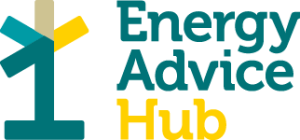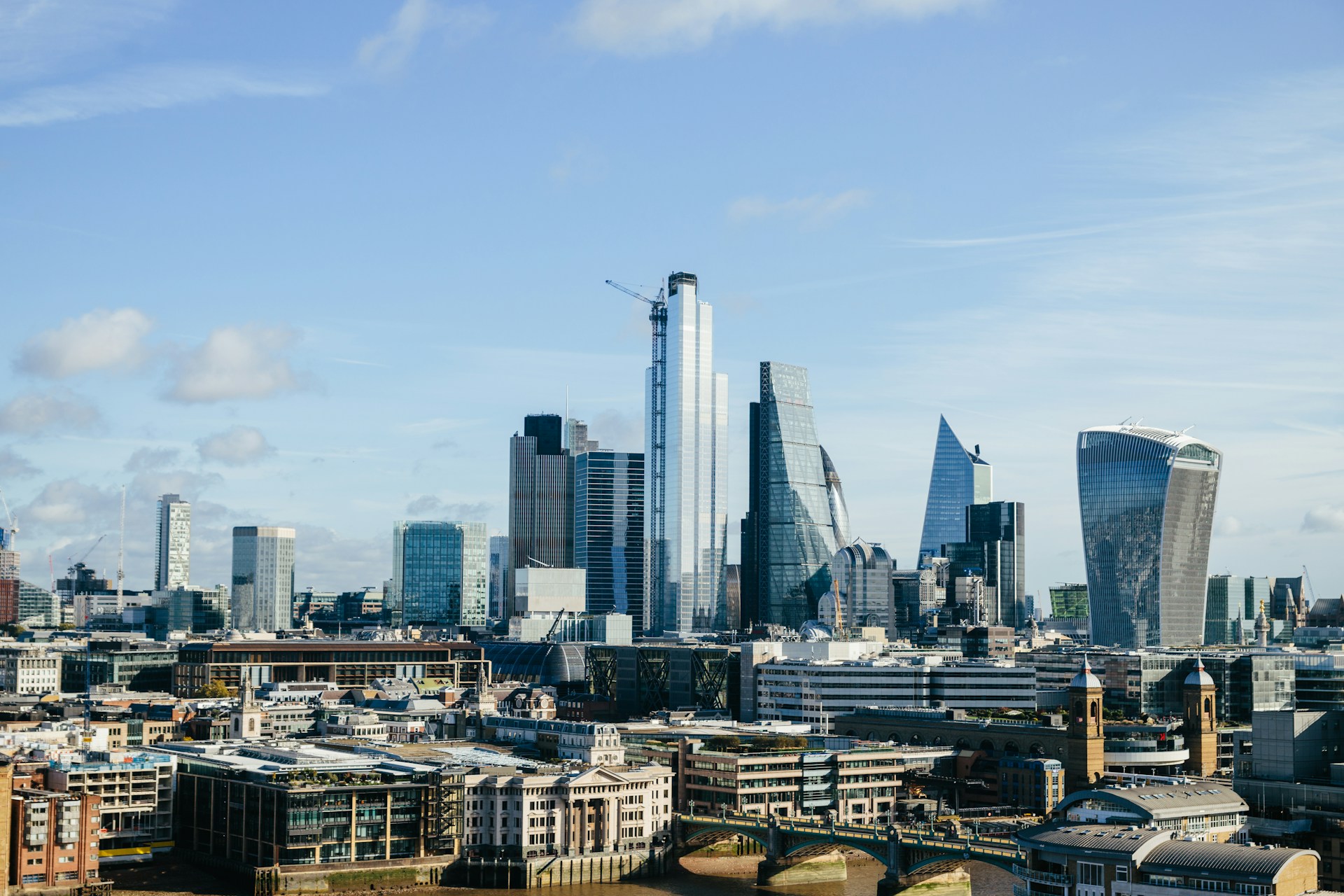A new draft of the SBTi’s revised Corporate Net-Zero Standard is now live and open for consultation. Initially launched in 2021, the Standard represented the world’s first official framework for businesses to set net zero targets in line with climate science. Now, the updated draft aims to be both more rigorous and practical based on feedback from businesses and other stakeholders. Here’s a quick breakdown of what you need to know.
Why is the SBTI updating its Corporate Net-Zero Standard?
The SBTi’s Corporate Net-Zero Standard, launched ahead of COP26, has become a widely adopted framework, with around 3,000 businesses worldwide aligning their climate targets with its guidance. However, feedback from businesses highlighted several obstacles to adoption, particularly around Scope 3 emissions and offsetting practices.
The updated draft aims to:
- Tackle key barriers to Scope 3 action
- Introduce greater flexibility in emissions reduction approaches
- Enhance alignment with emerging voluntary and regulatory frameworks such as the EU’s Corporate Sustainability Reporting Directive (CSRD)
Proposed changes under the updated standard
- New company classifications for size and location
Companies will now be grouped into one of two categories based on their size and location. The key reasoning for this is to set standards in line with what is achievable for individual companies, offering flexibility to those with less resource. The two new categories are:
- Category A: Large or medium-sized businesses operating in high-income countries. Stricter target-setting and disclosure requirements apply.
- Category B: Medium or small businesses operating in low or middle-income countries. This group will have more flexible requirements, reflecting their limited resources and capacity.
- Enhanced accountability and progress model
A new validation model introduces an end-to-end framework designed to improve accountability and recognise credible climate action. Companies are now guided through:
- Setting science-based targets
- Assessing and communicating progress at the end of their target cycle
- Establishing new targets for the next cycle
This approach aims to reinforce accountability, recognition, and continuous improvement.
- Scope 3 emissions flexibility
Previously, companies were required to commit to a 90% reduction in absolute Scope 3 emissions by 2050. While short-term targets must remain in place, the updated draft proposes three alternative approaches for long-term Scope 3 targets:
- Absolute emissions reduction targets aligned with net zero by 2050.
- Intensity-based reduction targets aligned with net zero by 2050.
- Targets that increase the alignment of suppliers and value chain partners with global net-zero goals (e.g., automakers phasing out non-zero-emission vehicles by 2035).
The draft also introduces a more nuanced approach to tracking Scope 3 progress, allowing companies to rely on non-emission metrics (such as procurement directed toward climate-aligned suppliers) in cases where traceability is difficult.
- Scope 1 and 2 emissions focus
One of the key changes around target-setting includes companies setting separate targets for Scope 1 and Scope 2 emissions.
Other proposed changes include:
- Introduces a new requirement for companies to secure 100% zero-carbon electricity by 2040.
- Encourages businesses to achieve 100% zero-carbon energy across all operations by 2050.
- Discourages reliance on unbundled renewable energy certificates, advocating instead for credible alternatives like power purchase agreements and self-generation.
- Residual emissions and carbon removals
The draft introduces stronger guidance on addressing residual emissions:
- Businesses must now take responsibility for residual emissions throughout their net-zero journey, rather than only at their target year.
- The SBTi encourages companies to set interim and long-term carbon removal targets to manage remaining emissions.
- Indirect mitigation, such as book-and-claim systems for sustainable aviation fuel, is proposed as a time-limited measure for companies facing traceability challenges.
- Continued focus on 1.5°C ambition
With growing climate risks, the updated Standard maintains alignment with the 1.5°C goal. Companies are encouraged to strengthen their ambition and take immediate steps to reduce emissions.
Have your say…
The public consultation is now open and will run until 1 June 2025. During this timeframe, the SBTi aims to collect feedback from stakeholders and convene working groups to further refine the Standard.
Visit the SBTi website to respond to the Corporate Net-Zero Standard consultation.
If you’d like to know more about how your organisation can start or continue its decarbonisation journey, get in touch for a no-obligations chat with one of our specialists at Sustainable Energy First.I













